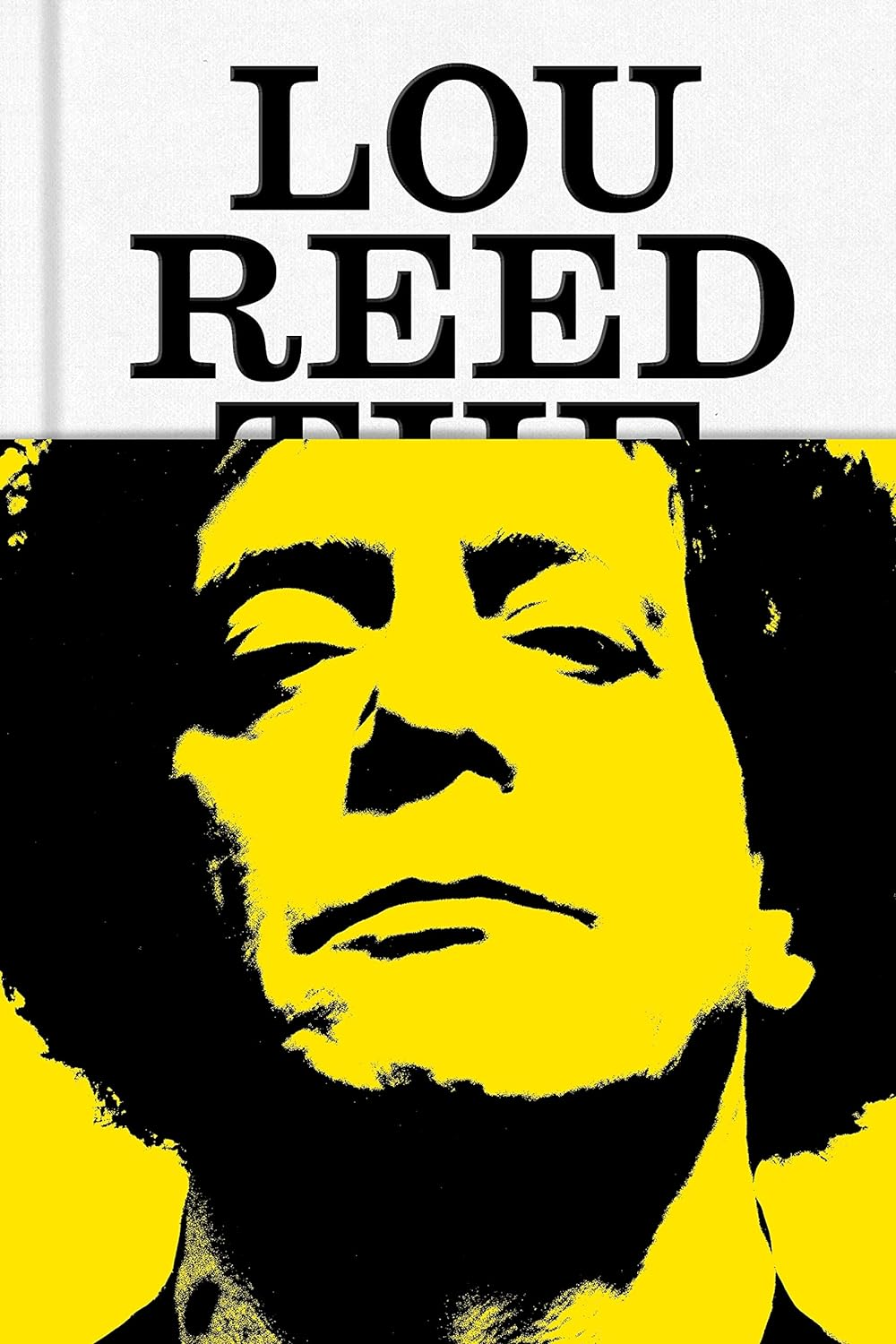God smiled hard upon Reed once he reached his 20s. In 1965, at the age of 23, Reed began working as a songwriter at Pickwick Records. It was assembly-line work largely concerned with producing knock-offs of contemporary trends. When he wrote a novelty dance tune for a nonexistent band created by the record company called the Primitives, Reed got lucky: two of its stringers, Terry Philips and Jerry Vance, needed players for a touring version of the band, and at a party on the Upper East Side, they found John Cale. When Cale visited the Pickwick offices, he met Reed, and soon a very different band was in the making: the Velvet Underground.
Cale recalls meeting a “fragile college kid in a polo neck sweater, rumpled jeans and loafers,” someone who was “bruised, trembling, quiet, and insecure. He lived in Freeport, Long Island, with his parents, who kept him on a tight rein.” But Reed was making music as if the future already existed. As Hermes reports, Tony Conrad, the composer and violinist who helped establish the importance of drones in music in the 1960s, was knocked out by Reed’s Primitives song, “The Ostrich.” It was “easy to play,” Conrad recalls, “because all the strings are tuned to the same note…[that] blew our minds, because that was what we were doing with La Monte [Young] in the Dream Syndicate.”
That combination of drones and traditional song form was a large part of what made the Velvet Underground unlike any band before them. Soon Reed and Cale enlisted guitarist Sterling Morrison, an old friend of Reed’s, and drummer Moe Tucker, the sister of Lou’s college roommate Jim Tucker. After they had played for a few months and started gathering steam, the filmmaker and actor Barbara Rubin introduced the band to Andy Warhol, and away we all went.
Nothing makes me happier than thinking about the person who reads this and does not yet know the music of the Velvet Underground. Discovering their jolly gloom is a rite of passage nobody should be denied. Velvet Underground songs are simple but loose enough to admit improvisation, and Reed’s lyrics have a literary bounce in their shells but also transmit straightforward stories. (His directness provided an alternative to the Dylan model of gnomic peekaboo.) As the critic Ellen Willis once wrote: “Like pop art, which was very much a part of the Velvets’ world, it was antiart art made by antielite elitists.”
